Event Registration
Dimitrii Tanese | Institut de la Vision | Paris, France
“Spatiotemporal light shaping for neuronal circuit investigation”
Scientific Talks, Session VII | Tuesday, September 13 | 16:30 – 17:00

The capability to pattern light deep in biological tissue represent a crucial tool for multi-cell optical manipulation and imaging. In particular, in the field of Neuroscience, the advent of novel optogenetic tools, such as light-sensitive channels and reporters, opened new ways to manipulate and monitor neuronal activity by optical means. The full exploitation of their potential requires the development of optical approaches enabling fast, volumetric, in-depth illumination of multiple targets with single-cell resolution.
Phase modulation of femtosecond pulsed beams, based on the use Spatial Light modulators (SLM), allows precise patterning of light deep in tissue and two-photon excitation of specific structures of interest wit micrometric resolution. Specifically, we have shown how the combination of holographic shaping and temporal focusing allows multiplexing illumination patterns over multiple positions to generate several tens of axially confined spots in large volumes and target and activate specific neurons of interest[1].
SLM liquid crystal technology is nonetheless limited by their refresh rate and forbids reproducing complex pattern of cellular activity. To overcome this limitation, we recently developed a novel configuration to achieve ultra-fast sequential light targeting (FLiT), based on the use of a galvo-mirror to rapidly switch between temporally focused holograms at kHz rates[2]. We demonstrated how FLiT was capable to synchronize spiking activity of pair of cells with sub-millisecond precision. Additionally, fast sequences of multi-spot patterns was exploited to achieve a more efficient activation of large neuronal ensembles, both in vivo and in vitro, with a reduced power requirement and minimizing potential photoheating.
This technique, useful for high temporal control over large neuronal populations, has also potential applications to imaging approaches or to any situation requiring rapid and efficient sequences of multi-photon excitation patterns.
References:
[1] Accanto, N., Molinier, C., Tanese, D. et al. (2018); Optica, 5(11), 1478.
[2] Faini, Gi., Tanese,D. et al. (2018); BioRrxivV, 448315.